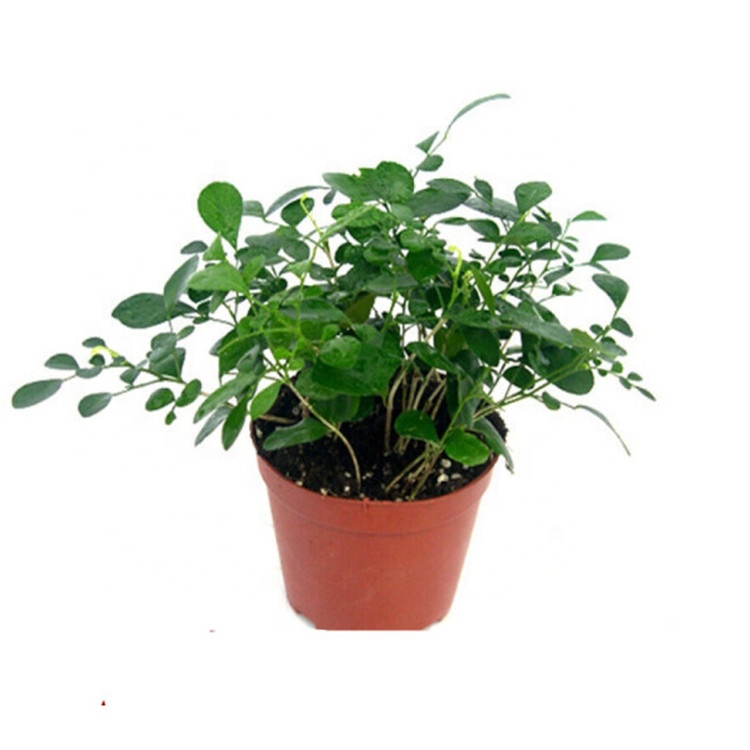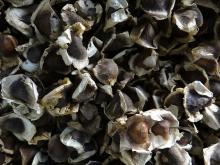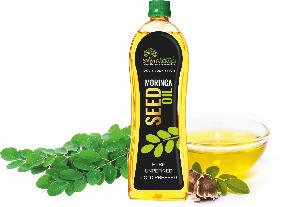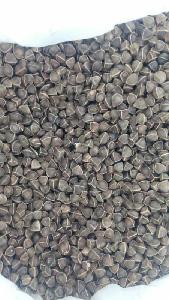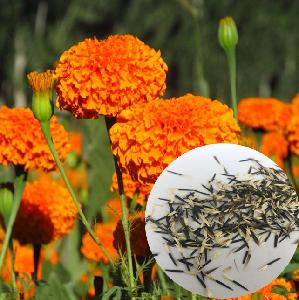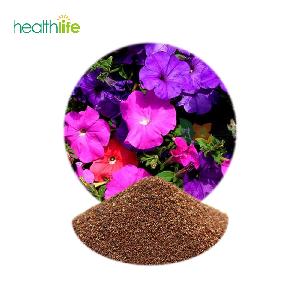Murraya paniculata, commonly known as orange jessamine,Chinese box, mock orange, mock lime, satinwood, Lakeview jasmine or orange jasmine, is a flowering shrub with twisting branches, dark green, glossy leaves and fragrant blossoms.
Orange Jessamine is a small, tropical, evergreen tree or shrub growing up to 7 m tall. The plant flowers throughout the year. Its leaves are glabrous and glossy, occurring in 3-7 oddly pinnate leaflets which are elliptic to cuneate-obovate to rhombic. Flowers are terminal, corymbose, few-flowered, dense and fragrant. Petals are 12–18 mm long, recurved and white (or fading cream). The fruit of Murraya paniculata is fleshy, oblong-ovoid, coloured red to orange, and grows up to 1 inch in length. The Orange Jessamine is sexually propagated by its seeds.
Traditionally, Murraya paniculata is used both in traditional medicine as an analgesic and for wood (for tool handles). In the West, Murraya paniculata is cultured as an ornamental tree or hedge because of its hardiness, wide range of soil tolerance (M. paniculata may grow in alkaline, clayey, sandy, acidic and loamy soils), and is suitable for larger hedges. The plant flowers throughout the year and produces small, fragrant flower clusters which attract bees, while the fruits attract small frugivorous birds.
